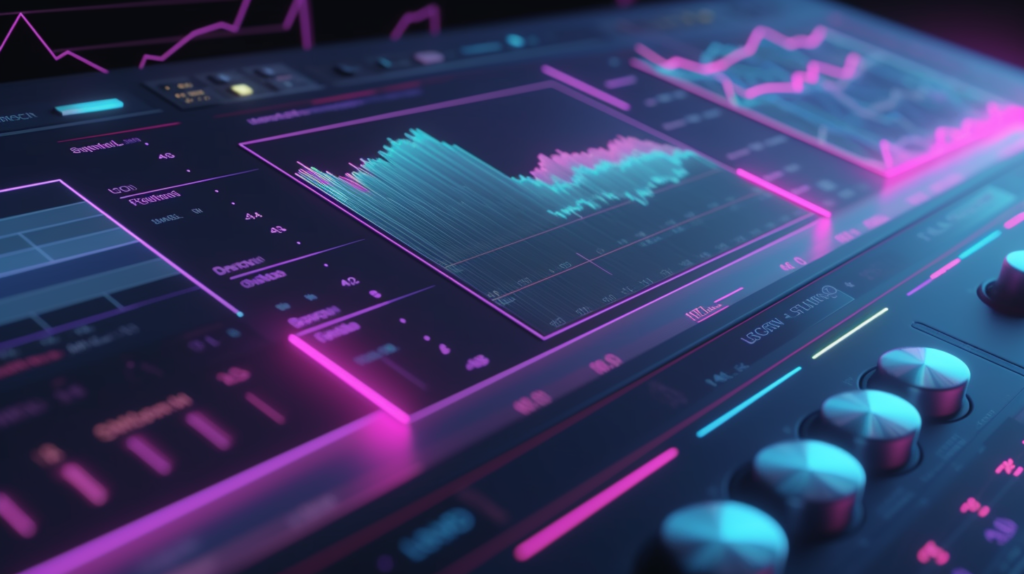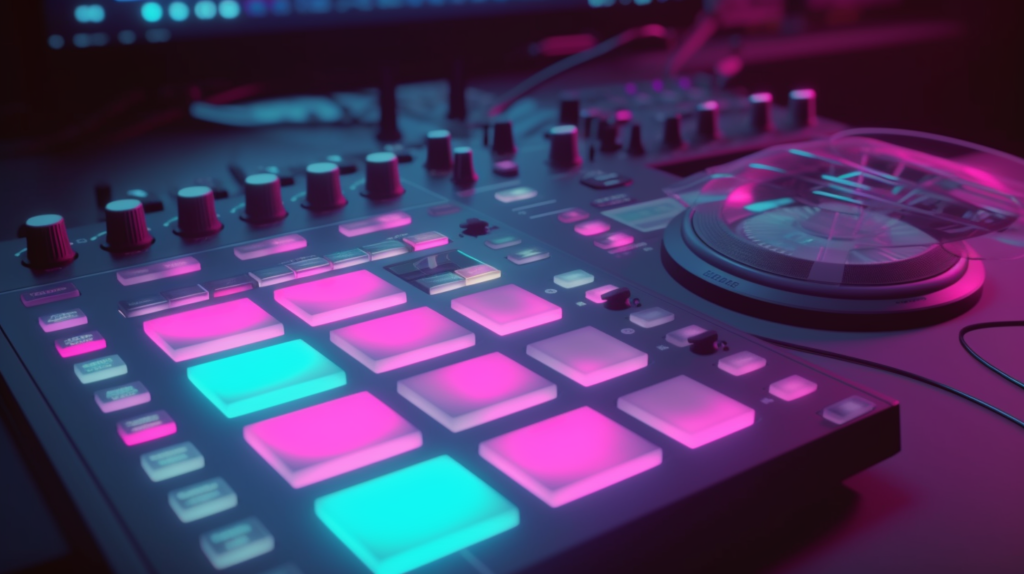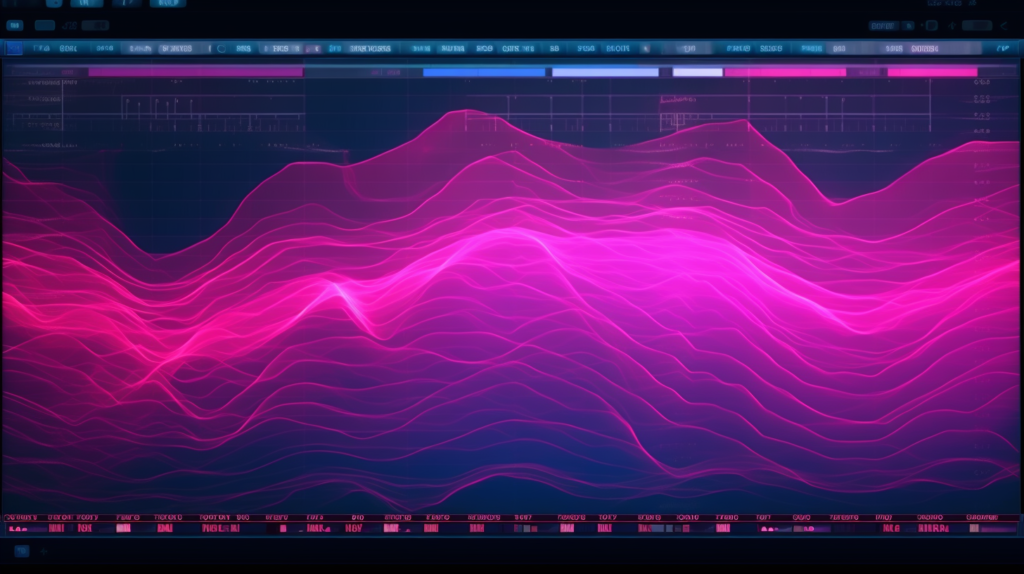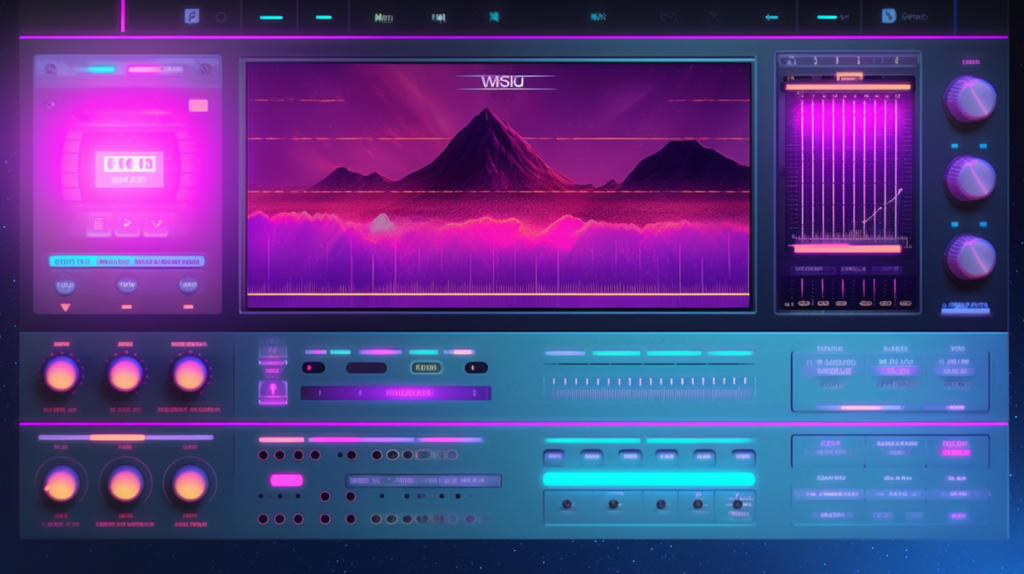Master the Art of Volume Leveling for a Professional-Sounding Beat

Producing a professional-sounding beat is not just about creating an outstanding melody or catchy rhythm. It also involves proper volume leveling, which ensures that every instrument and drum part is well-balanced in the mix. By mastering the art of volume leveling, you can achieve a well-polished, professional-sounding beat that stands out in the competitive music industry. In this guide, we will explore the optimal volume values for each instrument part.
Volume Leveling for Instrument Parts
When it comes to instrument parts, volume leveling is crucial to creating a cohesive, harmonious mix. The chords, for instance, provide a foundation for the other instruments and should be balanced with the rest of the mix. On the other hand, the melody should be more prominent than the chords to guide the listener’s ear, while the counter-melody complements the main melody without overshadowing it. By balancing each instrument part according to their unique role in the beat, you can achieve a well-rounded, engaging sound.
https://www.high-endrolex.com/26
Chords
The chords should sit comfortably in the mix, providing a solid foundation for the rest of the instruments. Aim for a volume level between -18dB and -12dB.
Melody
The melody should be more prominent than the chords to guide the listener’s ear. Aim for a volume level between -15dB and -10dB.
Counter-Melody
The counter-melody should support and complement the main melody. Aim for a volume level between -18dB and -14dB.
Bass
The bass should provide a solid low-end foundation without overpowering the other elements in the mix. Aim for a volume level between -12dB and -8dB.
Volume Leveling for Drum Parts

Drum parts play a vital role in beat production, providing a sense of rhythm and energy to the mix. The kick drum, for instance, is the backbone of the beat and should have a strong, powerful sound without overpowering the rest of the mix. The snare, on the other hand, should be slightly louder than the kick to add excitement and impact. Lastly, the hi-hats should provide a sense of groove and rhythm without overpowering the other elements. By carefully balancing each drum part, you can create a dynamic, engaging beat that resonates with your audience.
Kicks
The kick drum serves as the backbone of your beat, providing a sense of power and rhythm. Aim for a volume level between -12dB and -8dB.
Snares
The snare should be slightly louder than the kick to add energy and excitement to the beat. Aim for a volume level between -10dB and -6dB.
Hi-Hats
The hi-hats should be less prominent than the kick and snare, providing a sense of rhythm and groove without overpowering the mix. Aim for a volume level between -18dB and -14dB.
Cheat Sheet for Beat Producers
To achieve a well-balanced mix, it’s essential to keep track of the optimal volume values for each instrument and drum part. Here’s a cheatsheet we made, you can use it for reference ! So why not bookmark it now and take your music production skills to the next level?
| Chords | -18dB to -12dB |
|---|---|
| Melody | -15dB to -10dB |
| Counter-Melody | -18dB to -14dB |
| Kicks | -12dB to -8dB |
| Snares | -10dB to -6dB |
| Hi-Hats | -18dB to -14dB |
| Bass | -12dB to -8dB |





